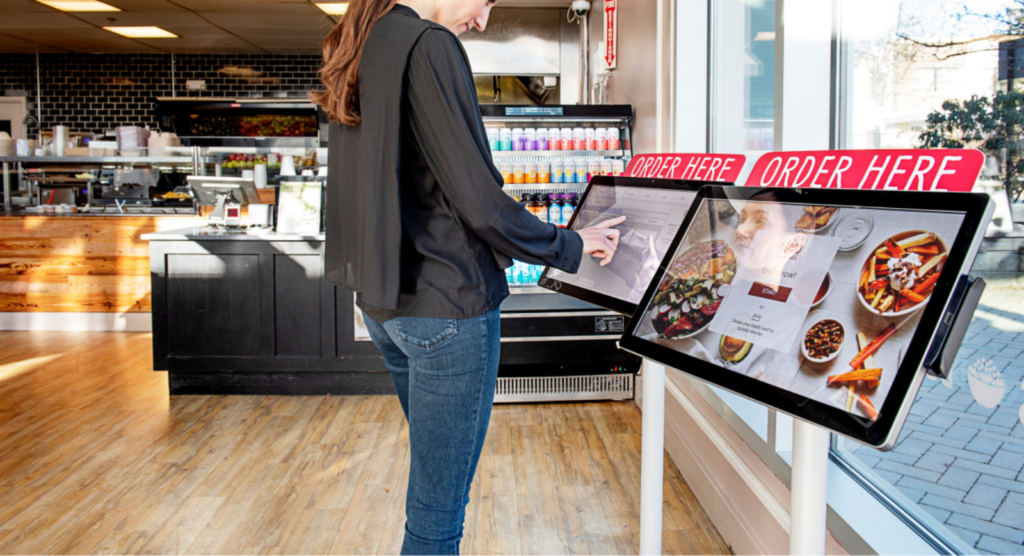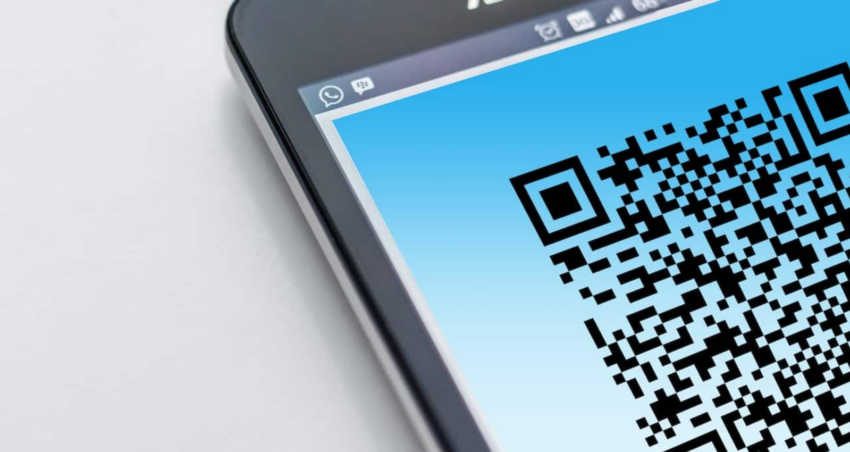Hospitality and retail adapt to trends and customer wants. Today, businesses must switch from pen-and-paper to technology-based procedures, including self-service. With the correct technologies, F&B and retail businesses can seamlessly evolve. From QR Code ordering systems to contactless payments, these technologies improve efficiency and consumer experience.
Hospitality and retail are changing swiftly, requiring more efficiency and convenience. Traditional pen-and-paper order-taking struggles to meet customer demands for speed, accuracy, and convenience.
Companies use technology like cashless payment solutions, self-service kiosks with QR codes, and AI ordering systems to meet client expectations and stay competitive. Which technology is ideal for your business workflow? Keep reading for our top advice on optimizing your system by replacing it with modern self-service!

Self-Service Technology: How it’s Changing Hospitality and Retail
Self-service technology (SST) is transforming hospitality and retail. SST technology lets clients transact, access information, and get services without help. Self-service technology is growing in popularity because it allows customers to complete transactions at their convenience in a fast-paced society. SST has altered industries by delivering services faster, easier, and more efficiently.
SST is faster and more personalized than EPOS systems, reducing costs and improving customer happiness in hospitality and retail. With SST, users can now experience the comfort of getting their needs addressed even faster with user-friendly technology that requires little to no human involvement. The future looks bright.

Self-Service Technology Benefits Your Business
Customers today expect fast, convenient service. Self-service technologies can transform your business. Self-service kiosks or mobile apps let customers order, pay, and pick up their orders without waiting in line or interacting with workers.
This reduces wait times, boosts efficiency, and provides customers control. Self-service technology reduces labor expenses and boosts profits. Your business and customers win. Why not improve your clients’ experience today with this essential tool?

Pen & Paper to QR Code Ordering
Today’s fast-paced environment demands ways to simplify and streamline daily routines. Restaurant ordering has changed significantly. We no longer use bulky menus and write down our orders.
QR code ordering is hot. Scanning a code on your smartphone lets you order, pay, and view the menu in seconds. This technology saves time and lowers customer-restaurant staff interaction. Why join the QR code revolution?
Creating Contactless Self-Service Stations
Today, we need contactless services. Due to the pandemic, everyone likes contactless food and grocery delivery. Self-service booths give contactless service well. Customers may accomplish everything alone, making it convenient.
It frees up staff time for other important activities. Installing these stations is easy and affordable. It’s cheap and easy with specialists. Thus, self-service stations simplify consumer and employee interactions.
Self-Service Technology Integration Tips
Self-service choices are growing as firms adapt to new technologies. Self-checkout kiosks and online customer support portals can improve operations and customer experiences. Self-service technology integration might be time-consuming.
To guarantee a smooth transition, properly plan and deploy the technology to match your business goals and values. User experience, training, support, and data management are crucial. Businesses can embrace and benefit from self-service technologies by following some key guidelines.
Self-Service Technology Financial Impact
Many organizations are implementing self-service technology due to its rise. These technologies expedite processes and reduce human interaction, saving money. Have you considered the cost of self-service? Long-term implications must be considered, even if it’s cost-effective. Are these technologies upgradable?
Will they lower staff morale and customer satisfaction? To ensure self-service technology matches your company’s aims and beliefs, assess the pros and cons before investing.
In conclusion, self-service technology is becoming more popular in hospitality and retail, and it has numerous features that make it profitable. Contactless service experiences can boost efficiency and profitability by boosting customer and employee confidence.
Setting up the stations can reduce staffing costs and save money in the long run. Business owners should assess employee training and support resources to enable a seamless self-service technology transition. Understanding how this technology can financially benefit your organization can motivate you to switch, regardless of the upfront expense.

